
Everyone has emo moments, but not everyone can find someone to hug them.
This pain point was also seen by scientist Alexis Block (hereinafter referred to as Block). Since 2017, she has been studying how to teach robots to hug. She later became a member of the famous German "Max Planck School", which has produced 37 Nobel Prize winners.
This project is not that easy. Because they have been making this robot for 6 years, it is not cold, is very human:
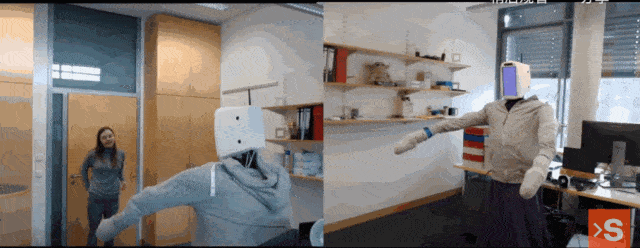
How real is this kind of hug? It’s so real that people who participated in the preliminary experiments were not even willing to call it “it”.
What’s even more amazing is that when everyone talked about the feeling of being hugged by the robot, they all had specific responses, such as “hugging a lover”, “a comforting hug from my mother”, and the other person seemed to be “at a funeral” "A distant relative", "a friend seen at a football match", some even said it was like "hugging an ex".
This difference in emotional correspondence is related to people's psychological state at the time, as well as the action and degree of the robot hugging them in each trial.

But this all shows that the HuggieBot 3.0 developed by Max Planck is quite "human-like".
Why does the Max Planck Institute teach robots to hug?
Human beings crave skin-to-skin contact.
Since we were picked up by our parents from infancy, people have begun to have close contact with others. When we are caressed, hugged and massaged, hormones are released, which can greatly relieve stress and anxiety, and reduce heart rate and blood pressure.
Especially a tight hug that lasts for more than three seconds will enhance the pleasure of people's skin contact. This is also called "deep pressure touch".
People "should hug 4 times a day to survive, and hug them at least 8 times to be physically and mentally healthy." Virginia Satir, a well-known American psychotherapist, proposed the "Four Hugs" theory.
But you know, there is not always someone who can accompany you all the time, so you can achieve "deep pressure touch" on your own by wrapping yourself in a quilt.
People hope that technology can fill the void of companionship and comfort.
For example, a team has made an electronic wristband that can receive tactile information: connected to the Bluetooth of a mobile phone, one person clicks to send the information, and the wristband on the other person's hand will squeeze and vibrate.
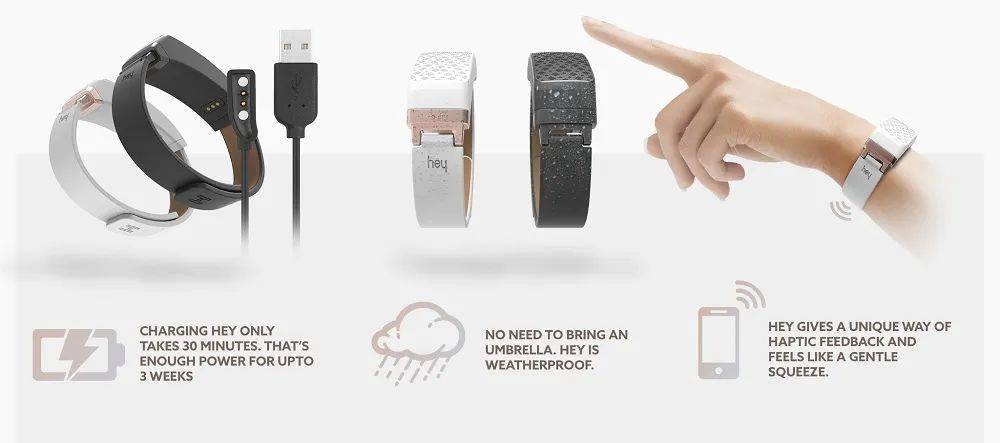
There is also a team that invented "hug shirts". These clothes are embedded with sensors and are used on children with autism spectrum disorders: when a parent hugs a doll at one end, the sensor can capture the position, strength, and temperature of the hug. Even the heartbeat can be felt by the children on the other end in the form of heating, vibration and inflation.

But these are not enough.
The developers of HuggieBot found that people are particularly sensitive to hugs, especially in terms of "touch location" and "contact intensity."
The closer two people are emotionally, the more areas they are allowed to touch, but for people who are not close, hugging them in the wrong position will become "offensive"; in addition, the hug is not strong enough, and it is easy to It seems perfunctory, and using too much force will hurt the person opposite. And the feeling of this intensity needs to vary from person to person.
So inventions like hugging shirts and the like are still unable to restore a warm enough and real hug.
Especially after experiencing the epidemic, people's emotional connections have become more fragile amid distance and obstacles, and they are more eager to embrace. Block, the main founding member of HuggieBot, said that their purpose of developing this robot is to use it to send a highly anthropomorphic warm hug to comfort those who are socially distanced, especially due to the epidemic.
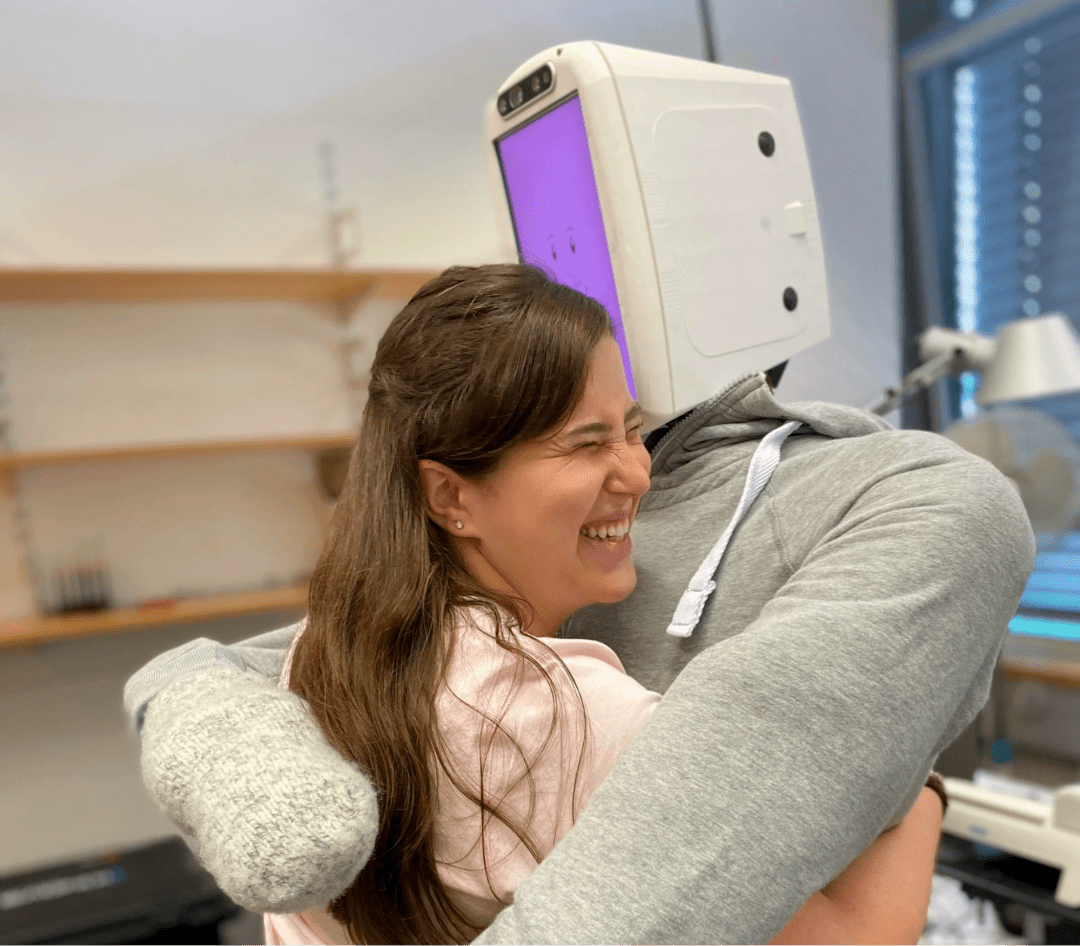
Brock hugging the robot
Giving a "perfect hug" is not easy
How to improve the comfort of hugging? It’s too mysterious to embrace this kind of thing, but scientists still want to quantify it.
In 2017, the team started its initial attempt, making a very crude-looking robot and designing a total of 12 different types of hugs.
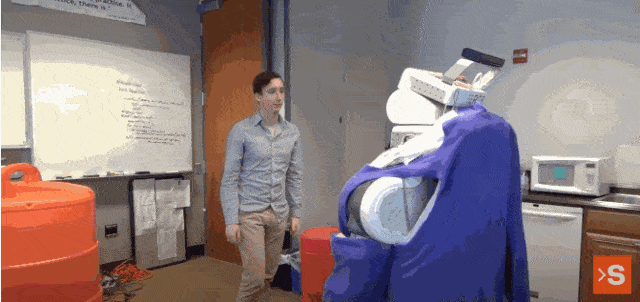
The two arms and torso of the prototype robot are wrapped with thick foam and cotton
Next, they found 30 volunteers and asked the robot to give each person a dozen hugs: the hugs lasted longer or shorter, and the postures were different.
Unexpectedly, even though the robot weighed 450 pounds and was about as tall as a person, no one was oppressed and no one ran away because of fear.
On the contrary, many people said, "I really enjoy hugging the robot, because the experience is novel and not surprising." These positive feedback encouraged Bullock and her team, They even wanted to challenge it "Can a robot give a hug better than a real person?"
So, they first investigated several robots on the market, starting with the earliest (1992) and most famous Temple Grandin extruder.
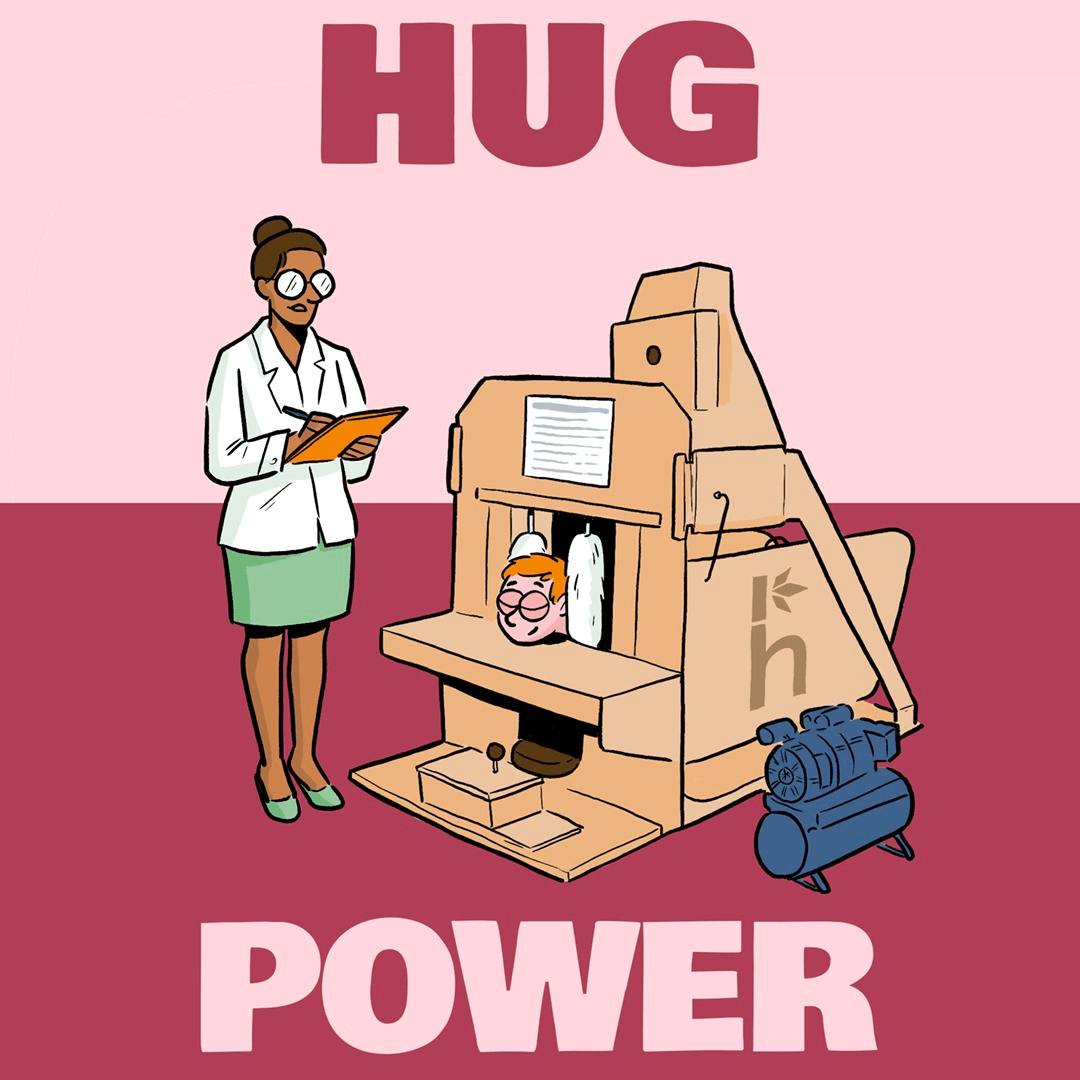
Look, this isn’t even a robot, it’s just a machine. The machine, which creates pressure by squeezing two foam panels to simulate a hug, has been widely used to treat children with autism.
Later, animal-simulating products were derived based on this, but this only made it more "user-friendly".
Based on this, Bullock and the others made the first generation HuggieBot. In addition to wrapping the robot in thick purple cotton, they also used various heating elements to make HuggieBot soft and warm enough.
They also want to take another step forward: making robots more autonomous.
So, they added tactile sensors to the back of the robot. These sensors can be stretched and can detect when the user starts contact and when they want to end the hug, thereby predicting how long and how long the robot should give the user. "Tight" hug.
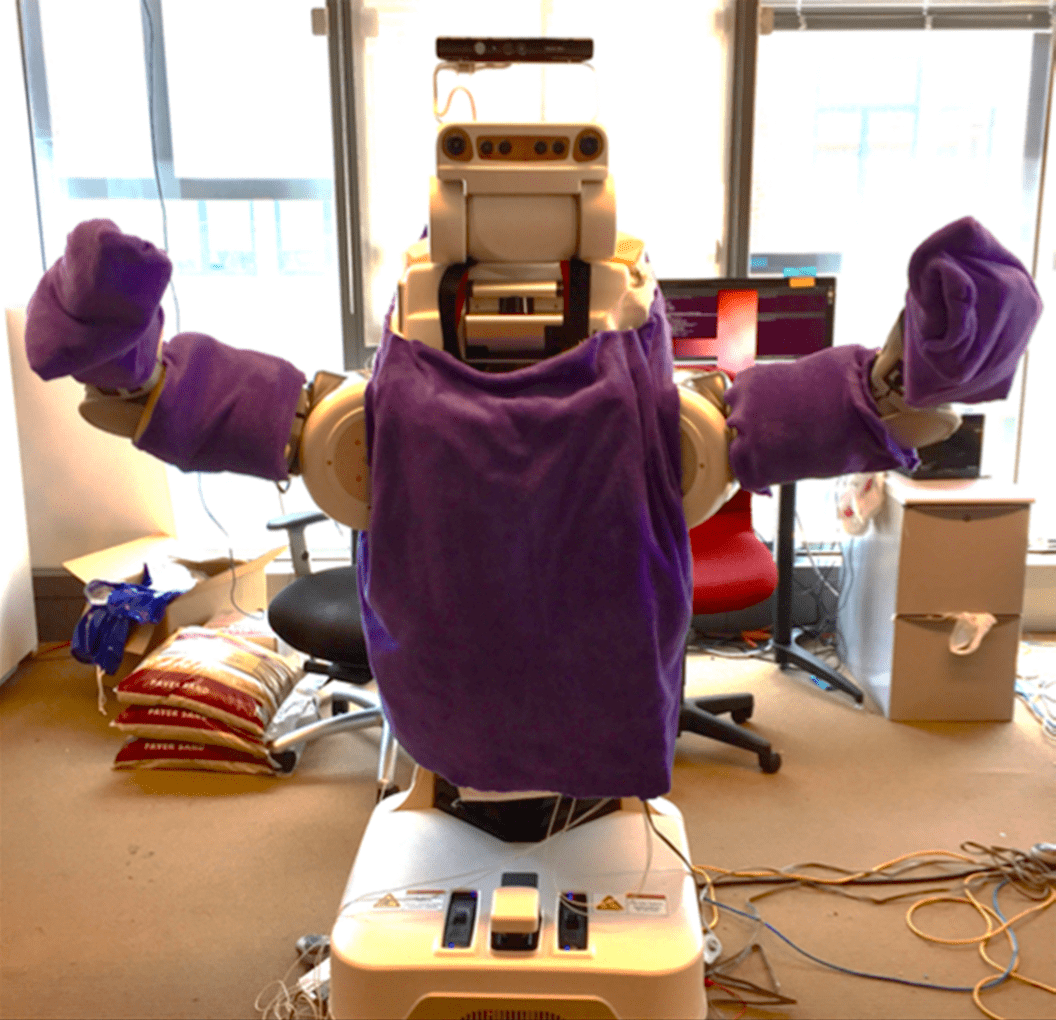
Soon, Bullock discovered that they thought too simply.
People are particularly sensitive to the beginning and end of a hug. Especially once the user indicates that they are ready to be released, release immediately; release too early or too late, and the user will be unhappy.
In other words, this tactile sensor is not enough at present. So, they began to develop HuggieBot 2.0 - the industry's first smart device that uses visual and tactile perception at the same time to provide hugs.
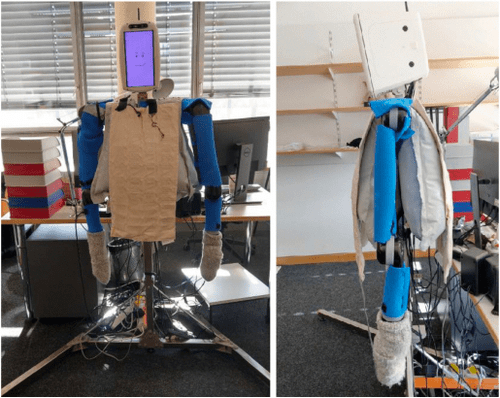
It has a V-shaped base on the lower part, which makes it easier for users to get closer and hug it. There is also a custom-made sensing system in its body called HiggieChest, which contains an air pressure sensor and a microphone amplifier.
Simply put,
This can quickly transmit the user's hugging touch to the whole body of the robot, which makes it easier to react quickly.
At the same time, in order to allow the robot to adjust its movements according to different human body types and to prevent its metal arms from being injured by users who come to hug them,the robot arms are set to be very sensitive and interesting.
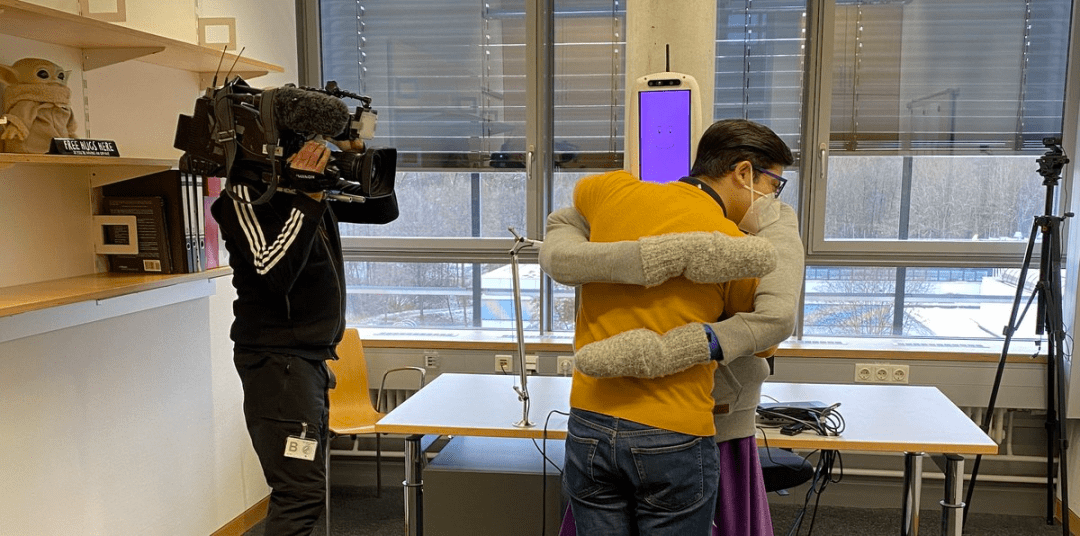
More than just hugs, people are beginning to expect more from robots
Bullock collected a total of 512 hug data from 32 users in the experiment, and discovered an interesting phenomenon.
In order to ensure the accuracy of data collection, the research team specifically instructed the subjects to only perform one action in a single hug, such as stroking, squeezing, etc.
But through the laboratory video, they found that 7 of the 32 participants unconsciously combined various gestures. Some people combined rubbing and tapping, and some people after hugging the robot tightly He let go a little and patted the robot's shoulder lightly.
It seems that in addition to simple hugs, people are gradually projecting more emotional expectations on robots.
In user feedback, Bullock was also surprised to find : Compared with the "perfect hug angle and process" set by the program, users actually prefer the robot to make "improvised" responses based on their movements.
78.13% of the participants said that this kind of response would make them feel that the robot was more energetic and real, and that they would feel understood by the other party. Although the current motion feedback is complete, it is too mechanical and does not make people feel the same emotional investment in robots and humans.
So, in the latest version - HuggieBot 3.0, the team has set up the ability for the robot to provide "passive response" and "active response".
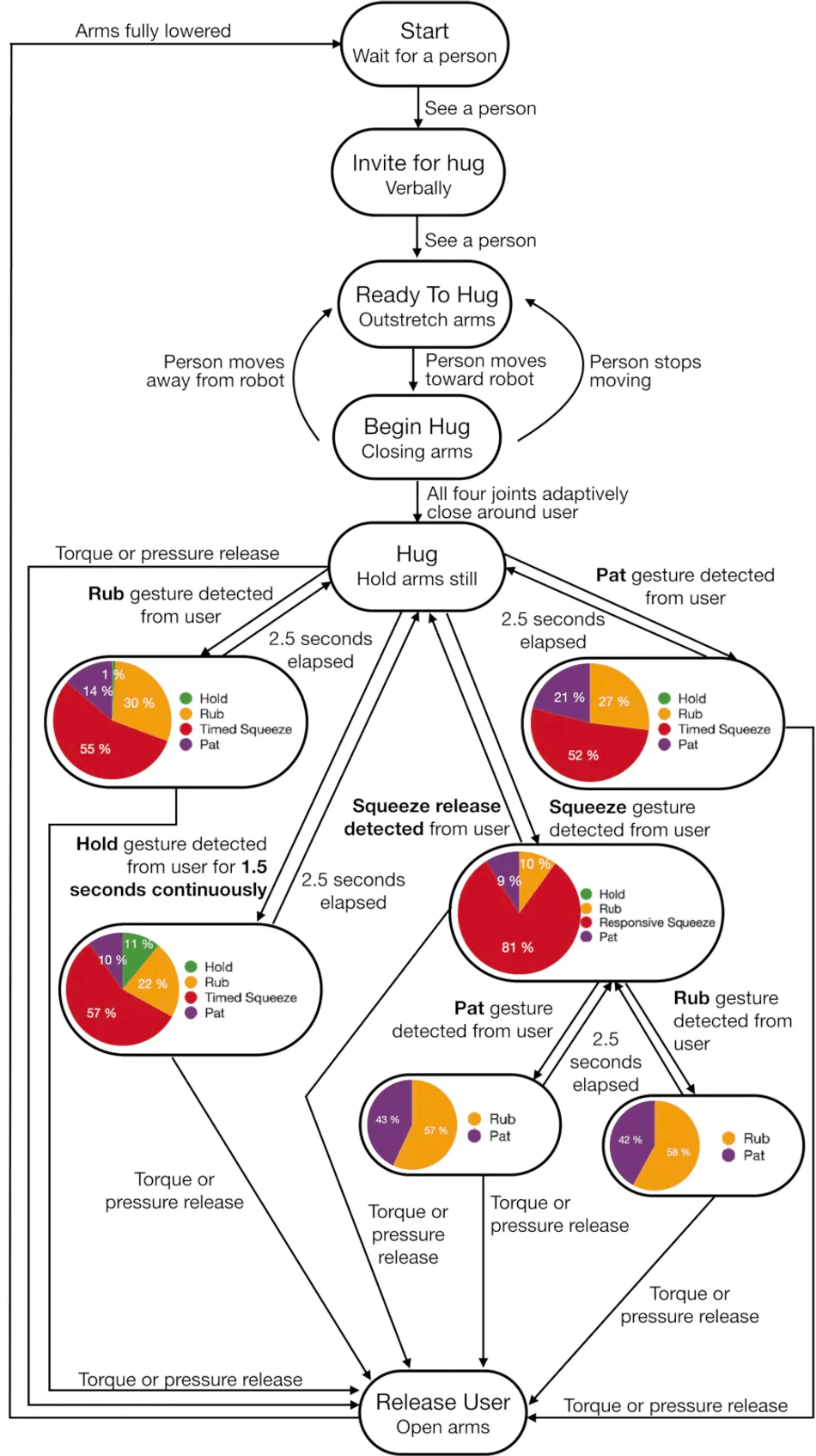
Simply put, if the robot detects that the user is patting, squeezing, or rubbing in addition to maintaining a hugging posture, the robot will respond differently based on probability to give feedback.
The robot can patiently repeat these gestures, either all at once or multiple times in a row. Isn’t this much better than many real people?
But if people just hug each other for a long time without doing any other actions, the robot will trigger an "active response", with an interval of about 1.5 seconds.
So, hugging seems simple, but it is difficult to let go. Interaction also needs to be controlled well.
So far, the Bullock team has summarized a set of "embracing gold standards" through quantitative research over the years:
Ask yourself, Have you done this when you hug someone?
Currently, the Bullock team is working intensively to develop the fourth generation of hugging robots. Even if you cannot buy a robot to heal yourself at the moment, you can learn to use it first.
Looking at it this way, sincerity is always a must-win. We don’t need a “perfect hug”, what we need is a “sincere hug”.
An Easter Egg
In order to prevent some users from getting too involved and using too much force, the scientists also gave the robot a new torso:
By heat sealing along the edges and then using HH-66 vinyl cement on top of the heat seal, it is stronger and more pressure resistant.
Because someone held me too tightly before, the robot leaked air!
references
[2] Can Robots Give Good Hugs? | Hackaday https://hackaday.com/2022/01/24/can-robots-give-good-hugs/
[3] HuggieBot 3.0 – Robot Uses Science to Deliver the Perfect Hug https://www.odditycentral.com/technology/huggiebot-3-0-robot-uses-science-to-deliver-the-perfect-hug .html
Author: Lilyann
Editor:biu
Unless otherwise stated, the pictures are from reference [1] and the video screenshot attached to it
If necessary, please contact sns@guokr.com
The above is the detailed content of When no real person can give you a heartfelt hug, the robot will take action. For more information, please follow other related articles on the PHP Chinese website!




